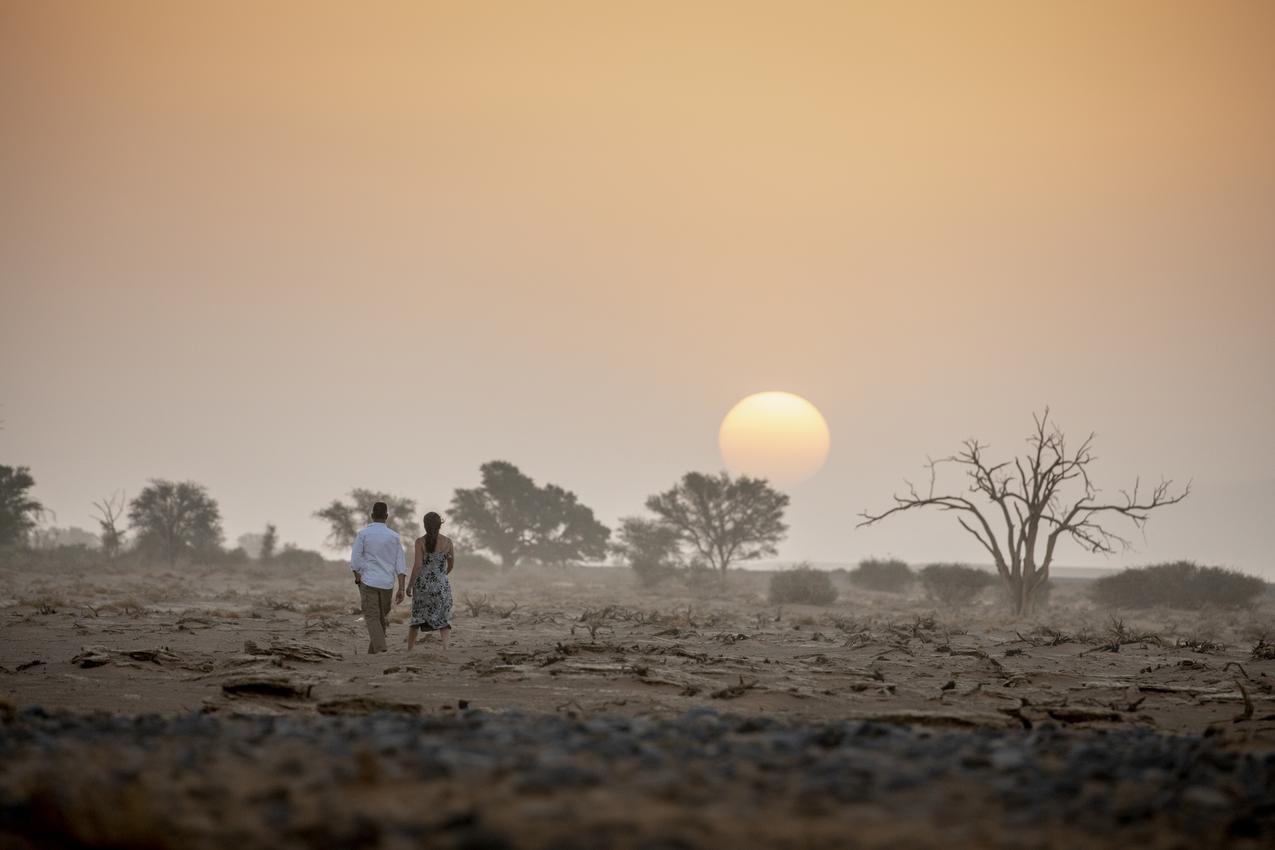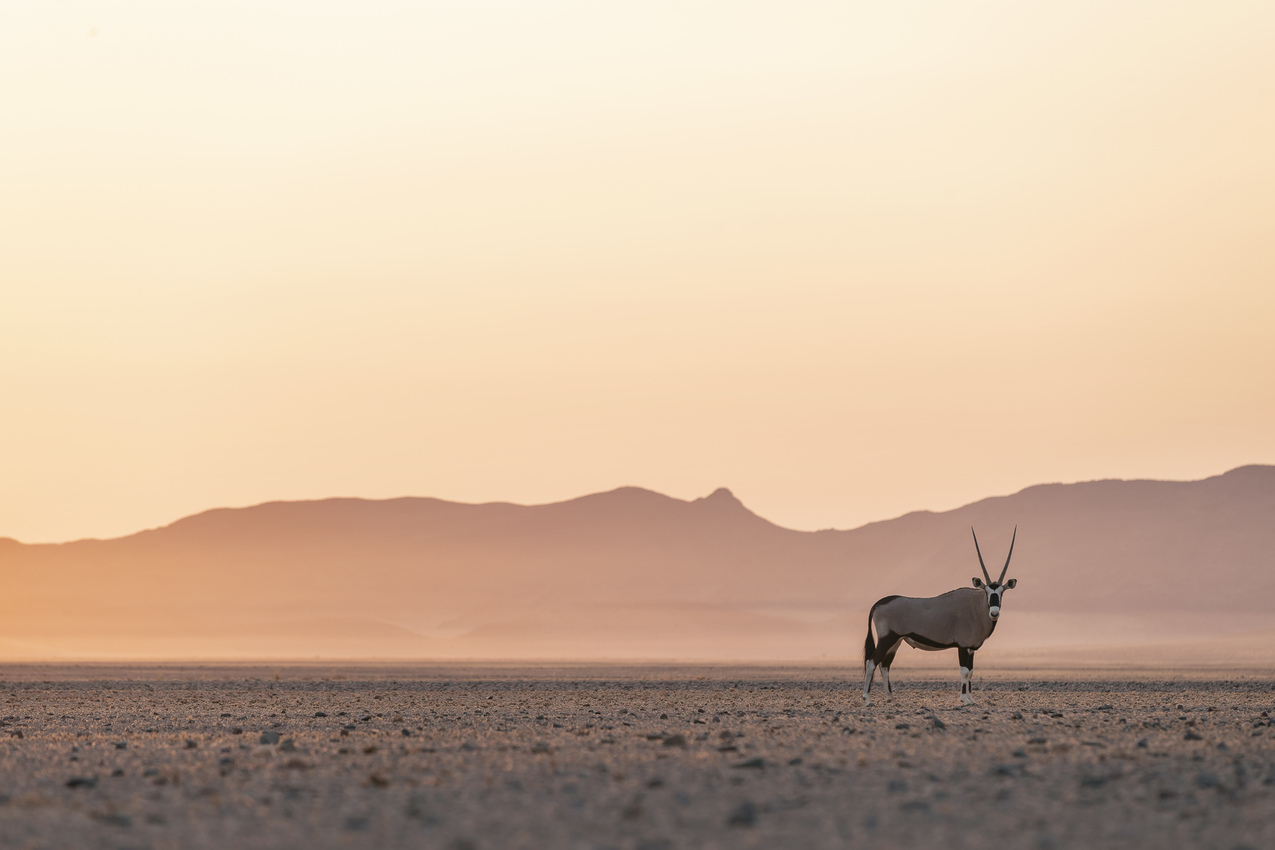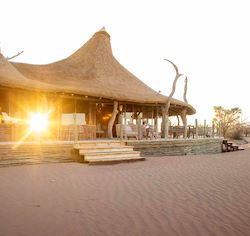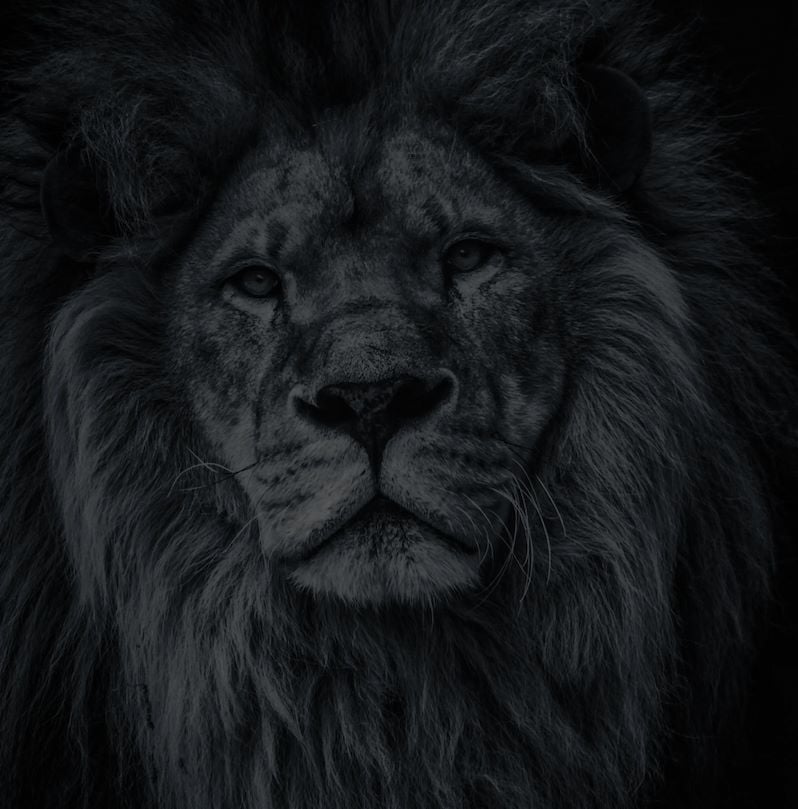Kulala Wilderness Reserve

Bordering Namibia’s iconic Sossusvlei, our Kulala Wilderness Reserve (KWR) is a remarkable example of the impact environmental restoration and responsible tourism can have on a previously degraded environment.
“KWR is part of a sweeping, natural landscape. Seas of sand, ancient riverbeds, vast plains, fossilised trees and some of the largest dunes on Earth meet in one of the oldest deserts on the planet, the Namib”, explains Alex Henderson, Wilderness Namibia Managing Director.
For many, Sossusvlei's towering red dunes and the rugged beauty of the Namib Desert are the primary allure. Yet, beneath this breathtaking scenery lies an even more impressive narrative – one that highlights the important role that travel and conservation can play in restoring fragile ecosystems.
A history of degradation
Before Wilderness took over the land that is now Kulala Wilderness Reserve, this region of Namibia’s Pro-Namib was far from the pristine desert it is today. For many decades, the area was used for small-stock farming, which negatively impacted land and its wildlife.
“The impact of small-stock farming on this sensitive area was severe – overgrazing, soil erosion, depletion of wildlife and persecution of predators”, explains Dr Conrad Brain, Wilderness Namibia Environmental Officer.

A vision for restoration
When Wilderness acquired KWR in 1996, the land had been heavily degraded. The vision was clear: to restore the landscape to its former glory by reversing the damage done by farming.
“In opening the first camp in 1996, the company initially rehabilitated 9,000 hectares of degraded small-stock farmland to an area where endemic fauna and flora could thrive once again”, adds Alex.
Kulala Wilderness Reserve now encompasses 30,015 hectares of vital desert habitat. Through sustainable tourism and rigorous conservation initiatives, KWR has become a model for restoring biodiversity in fragile desert environments. It is home to a variety of desert-adapted wildlife, including species such as the gemsbok (oryx,) springbok, bat-eared fox, Cape fox and even the elusive brown hyena. These animals are perfectly adapted to life in this arid landscape, moving nomadically in search of food and water in response to unpredictable rains.

A collaborative conservation effort
The restoration of Kulala Wilderness Reserve is part of a broader conservation collaboration effort within the Greater Sossusvlei-Namib Landscape (GSNL). This collaborative effort brings together freehold landowners, conservationists, and tourism operators to preserve this extraordinary region, which borders the iconic Namib Sand Sea – recognised as a UNESCO World Heritage Site.
KWR, situated on the eastern border of Namib-Naukluft National Park, plays a crucial role in this larger landscape by helping to protect two key watercourses, the Aub and Tsauchab rivers, which flow into the Namib Sand Sea and terminate at Sossusvlei. These ephemeral rivers are critical to the local ecosystem, supporting a diversity of plant and animal life.
Opening corridors for wildlife
One of the most significant conservation efforts undertaken by Wilderness at KWR was the removal of internal fencing and certain boundary fences, when past land use in this area was mainly small-stock farming partitioned into camps.
As Conrad notes, “The fences dividing the KWR with other reserves today in the GSNL were removed in part or completely, thereby allowing for the natural movement of wildlife to return”.
Historically, the GSNL was crisscrossed by thousands of kilometres of fences owing to past land use in area, limiting the movement of wildlife. By removing many of these fences on KWR and elsewhere in the GSNL, it assisted in the opening up critical corridors, allowing wildlife to move freely across the GSNL, which includes both protected areas and private conservation lands.
While the fence between KWR and the adjacent Namib-Naukluft National Park is still largely intact, there are gaps brought by riverbeds and washes that wildlife can also still move through. The opening of corridors and/or complete removal of fences in the GSNL area over the past years is a major conservation achievement.
This reconnection of the landscape is vital for desert species, particularly the region’s mammals, which need vast areas to roam in search of resources. The movement of wildlife is essential not only for their survival, but also for maintaining the balance of the ecosystem as a whole.
A model for responsible tourism
The success of Kulala Wilderness Reserve is evidence of the power of responsible, low-impact tourism. Through sustainable operations and careful management, Wilderness has demonstrated that tourism and conservation can go hand in hand, benefiting both the environment and the local economy.
“Kulala’s restorative journey has proved that the area holds an incredible wealth of ancient natural history and information of the Pro-Namib, which will now continue to be preserved”, says Alex. “The Kulala rehabilitation project, funded by sustainable conservation tourism over the last 28 years, has played a great part in aiding the restoration of the fragile Greater Sossusvlei-Namib Landscape to a more intact ecosystem for desert wildlife”.
Guests visiting Kulala Desert Lodge, which is located within the reserve, have the unique opportunity to witness this restoration first-hand. From the rooftop of their canvas and thatch rooms, guests can sleep under the stars, knowing that their stay is directly contributing to the protection of this irreplaceable desert ecosystem.

Lessons learned and looking ahead
As we look to the future, there are valuable lessons to be learned from KWR’s success. First, the importance of habitat connectivity cannot be overstated. By removing fences and creating corridors for wildlife, Wilderness has ensured that animals can move freely in response to changing environmental conditions, a critical necessity in such an unpredictable climate. Kulala’s story highlights a new challenge that will also have to be faced. That of climate change and the impact thereof on sensitive landscapes like the Namib and wildlife eking out an existence here.
Second, the model of low-impact tourism practiced at Kulala Desert Lodge and Little Kulala provides a blueprint for how other sensitive environments around the world can be protected and restored. Sustainable tourism not only generates the revenue needed to fund conservation but also raises awareness about the importance of protecting these wild places.
Finally, KWR’s story highlights the resilience of nature. Given time and the right conditions, ecosystems can recover and thrive, even in the face of significant human impact.
The restoration of Kulala Wilderness Reserve is not only a success story for Namibia, but for conservationists and travellers alike. It is a reminder that through careful stewardship, even the most fragile environments can be brought back from the brink, ensuring that they continue to support both wildlife and human communities for generations to come.


Let’s plan your next journey
Ready?
When we say we’re there every step of the way, we mean it, literally. From planning the perfect circuit, to private inter-camp transfers on Wilderness Air, and easing you through Customs. We’re with you on the ground, at your side, 24-7, from start to finish. Ready to take the road less travelled? Contact our Travel Designers to plan an unforgettable journey.